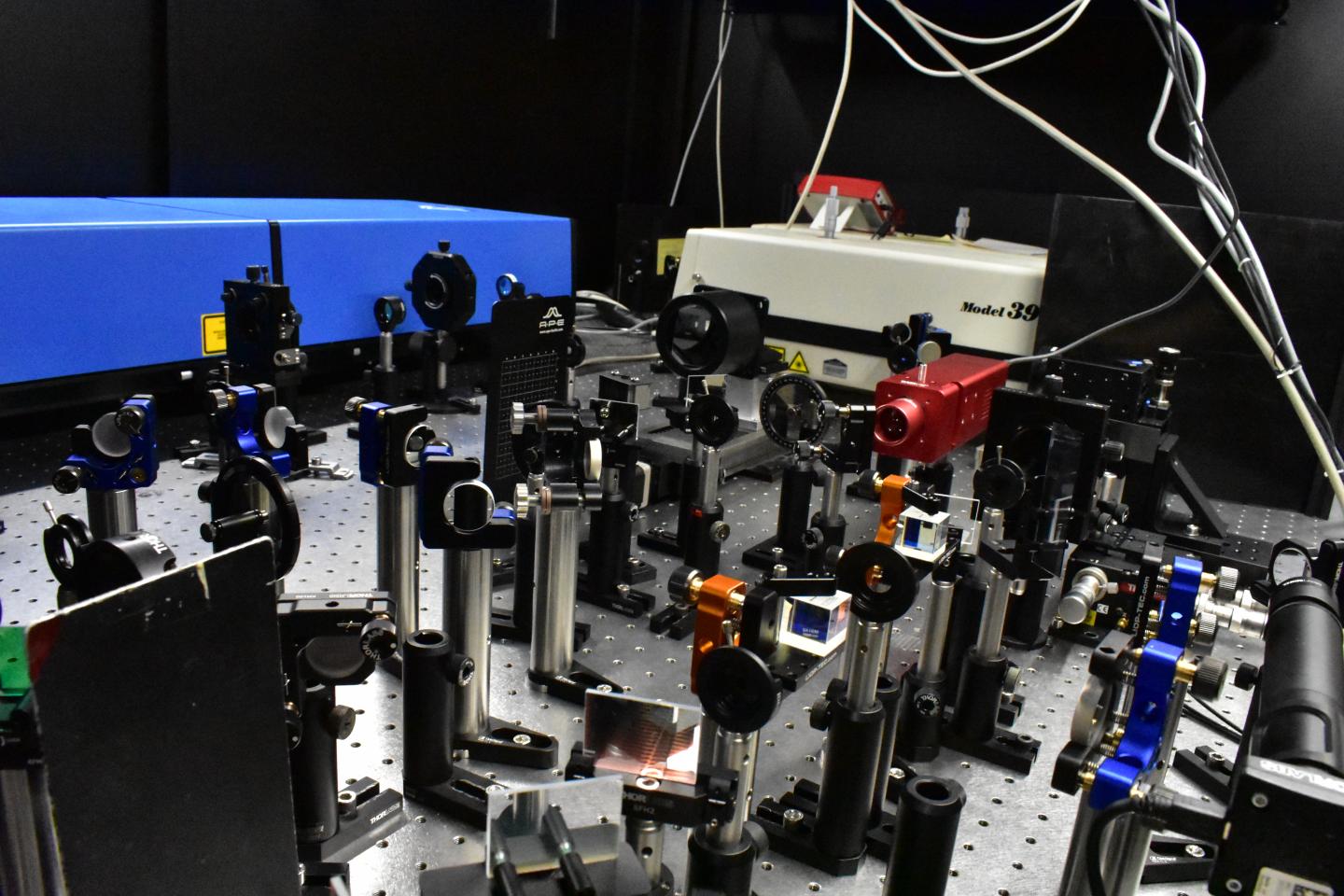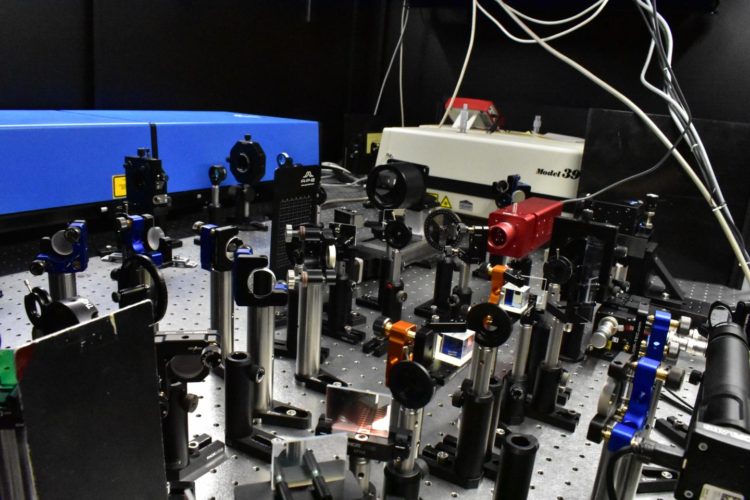
Credit: C. Galland/EPFL
We call a crystal lattice. The structure of this lattice determines most mechanical and thermal properties of the bulk solid. However, the atoms within the lattice are not still but instead vibrate around their central position. This movement is generally random, and its energy then corresponds to the temperature of the material. But if carefully triggered, it may happen in unison, leading to billions of atoms moving together as a whole.
The vibrational energy of such a collective oscillation manifests in discrete, “quantized” units called phonons. Phonons are not “real” particles that can exist in vacuum, like e.g. electrons, but they behave as if they were particles, and are called “quasiparticles”. For example, any vibrating object can only gain or lose energy by exchanging individual phonons, which is something that actually conflicts with our common experience of vibrating objects continuously losing energy.
Meanwhile, it’s been hard to study phonons one at a time against the random thermal movement of the atoms; so far, individual phonons have only been observed at extremely low temperatures and under high vacuum.
In a new experiment, physicists led by Christophe Galland at EPFL’s Institute of Physics have shown that a single phonon can be excited and detected at room temperature and in the air, making the quantum behaviour of vibrating matter more tangible. The work, in collaboration with MIT, is published in Physical Review X.
To generate the phonon, the scientists shot ultrafast laser pulses onto a diamond crystal to excite its atomic lattice into vibrating. By careful design of the experiment, they triggered a collective vibration involving more than 100 billion atoms that exchanged energy with single photons from the laser light. By measuring the energy exchanged by this vibration with single photons, the scientists were able to prove that a single phonon was excited, confirm that the collective oscillation behaves as a single particle.
“Our work opens exciting perspectives in the study of quantum phenomena in other naturally occurring materials and molecular systems,” says Galland, adding that it “could have applications in room-temperature ultrafast quantum technologies.”
###
Reference
Santiago Tarrago Velez, Kilian Seibold, Nils Kipfer, Mitchell D. Anderson, Vivishek Sudhir, Christophe Galland. Preparation and decay of a single quantum of vibration at ambient conditions. Phys. Rev. X 9, 041007, 07 October 2019. DOI: 10.1103/PhysRevX.9.041007
Media Contact
Nik Papageorgiou
[email protected]
41-216-932-105
Related Journal Article
http://dx.





